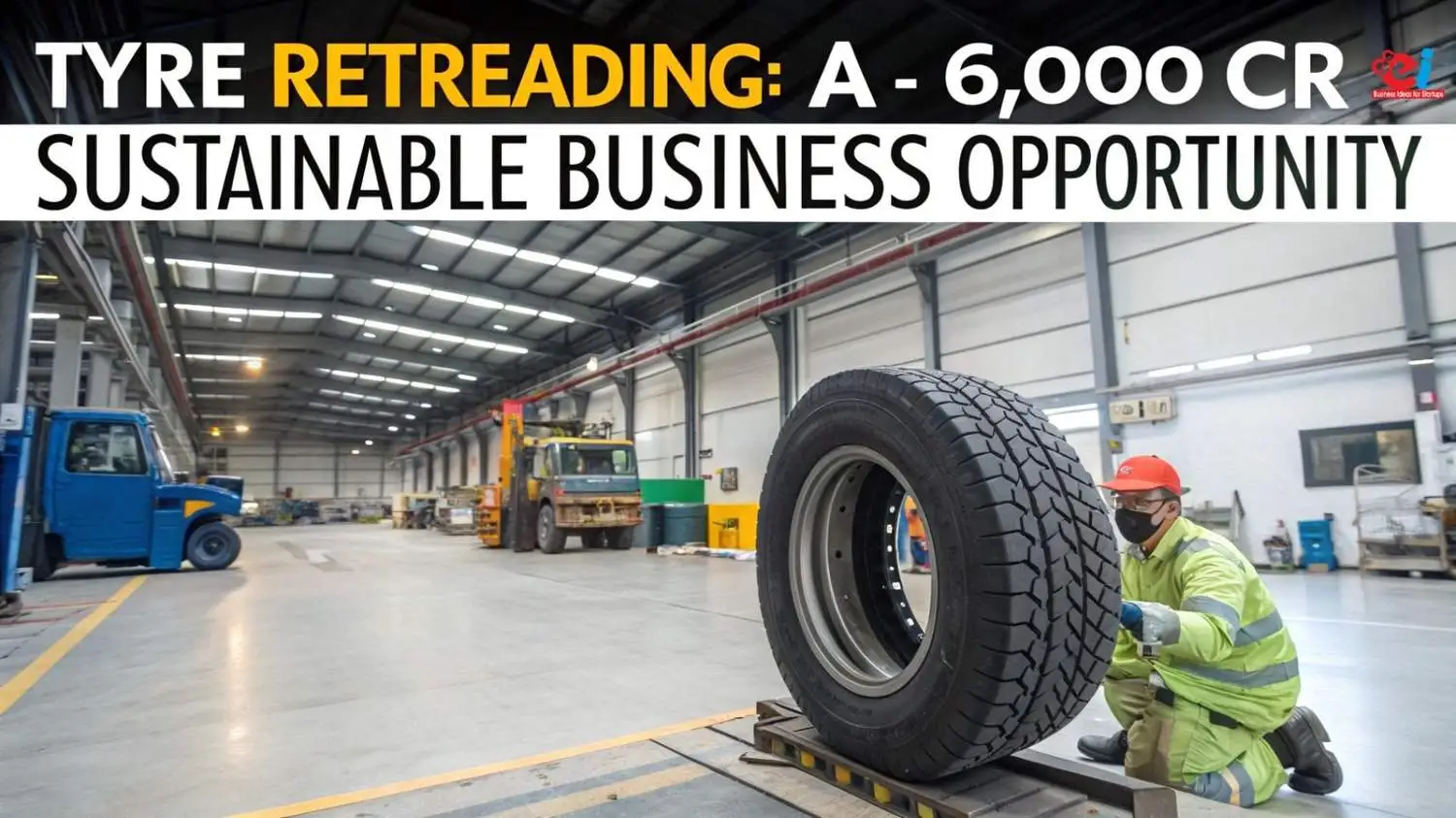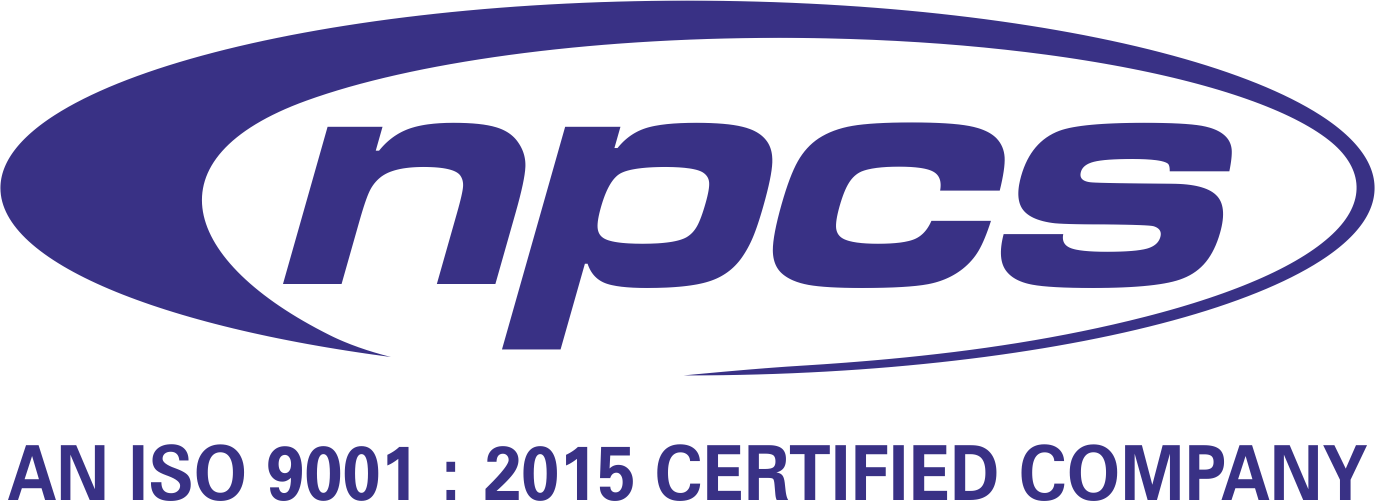The revolution of sustainability Tyre Retreading is now taking place in the automotive sector. The industry is now looking beyond vehicle innovations to consider the carbon emissions, waste generation, resource scarcity along with the lifecycle of all vehicle components.
One of the most effective yet ignored strategies in this context is tyre retreading which helps reduce operational costs while promoting the circular economy.
Over the decades, tyre retreading has evolved significantly. The process was previously deemed to be a stopgap measure for the worn-out tires. But now, it is a global, technologically sophisticated, safety-standardized, and industry-backed quality-controlled process that is in increasing market demand.
This is especially critical in economies such as India, where public transportation, logistics, and commercial vehicles are dominant. The rising fuel and maintenance costs, retreading offers logistic operators and fleet companies a cost-effective solution for increasing the life of tires while maintaining safety.
Retreading tyres stands out as an economically appealing option as the Indian government works on decarbonizing the transportation sector and dealing with the growing environmental issue of waste tyres.
For small manufacturers, existing automobile service providers and entrepreneurs, the decision to start a business in tyre retreading now has great timing and very good long-term impact.
The Importance of Tyre Retreading for Business Today
Retreading refers to the process to restore a worn-out tyre by changing its tread but keeping the casing if the tyre is still usable. The idea is to use the casing of the tyre which is more than 70% of the material and manufacturing cost, and add a top coat which improves the quality and safety of the tyre. The retreaded tire operates almost the same as a new tyre but at a much lower price.
The work usually starts with an inspection of the tyre casing. Inspecting every part of the tyre lets the technician check for hidden cracks, sharp punctures, or heavy wear that would make the tyre dangerous to reuse. Once the outer layer is see-through, we grind off the worn rubber and stick on a new sheet. That patch can be either cold, already cured, or hot, still uncured-and each method brings its own strengths.
Retreading old tyres cuts the number of new ones that factories must build, so everyone saves money, raw materials, and energy.
There is now a wide utilisation of retreaded tyres in on-highway and off-highway transport applications including buses, trucks, trailers, construction equipment, and even some aircraft. They are fuel-efficient and deliver great mileage and performance, and if well-cared for, are nearly as durable as new tyres. For many transport operators, this translates into considerable reductions in operating costs. Environmentally, it results in reduced reliance on natural rubber oil, carbon black—crucial raw materials, and tyres in landfills which have great environmental costs.
Related: Why to Invest In a Tyre Retreading Business?
The Environmental Effects that Tyre Retreading has
The main reason for the increase in the retreading of tyres globally is due to the willingness to adopt sustainable business practices. An estimate 25 – 28 litres of oil is consumed in the manufacture of a truck tyre. Multiply that single wasted tyre by the millions of trucks, cars rolling down the road each day, and the pile of junk rubber quickly grows into an eye-watering mountain. Tossing those tyres straight into a landfill-or worse, beside the highway-hurts the planet in ways we cant easily brush off.
The environmental carbon footprint incurred while manufacturing a new tyre is significantly more than that of retreading a tyre. By retreading a tyre, it is possible to reduce emissions by up to 70% increase. In addition to that, the problem waste issue of used tyres is additional benefits of retreading.
Old tyres dont break down like food scraps or paper, so when we toss them in a landfill or burn them, toxic bits leak into the soil, ruin nearby water, and drift up to pollute the air we all breathe.
Retreading offers a way to alleviate such a waste concern.
Countries with more sophisticated environmental policies like Germany, USA and Japan has incorporated the tire retreading into the waste management and formulated transport policies at the national level. India is a country that discards in excess of 100 million tyres every year. Developing a strong retreading infrastructure in India can create dual environmental and economic solutions.
Methods of Retreading: Comparison of Cold and Hot Retreading Processes
The classification of tyre retreading two types: cold retreading (precure process) and hot retreading (mold cure). Each one has its particular benefits based on the type of tyre, it’s size and the environment of application.
Cold retreading is widely used for commercial vehicles in India. The pre-cured tread is molded and vulcanized with its design before being applied to the tire.
The tread is bonded to the casing of the tyre and is later cured in a chamber. One of the biggest advantages of this method is that it preserves consistent tread depth, better mileage, shorter processing time, among others.
Hot retreading consists of adding unvulcanized rubber to the casing and tread design is added while curing the tyre. This allows easy tread design changes and is common in off-road or custom vehicles.
Even though cold retreading has lower operational costs and a cleaner finish, hot retreading integrates with the tyre body better. Most modern plants are equipped to handle both methods and select a process based on the casing’s condition and end-use requirements.
Market Demand and Business Viability
Market experts say the Indian tyre-retreading business is already worth more than 6,000 crore and still growing every year. Roughly 60 to 70 out of every 100 commercial tyres in India are retreaded at least once before being scrapped.
That slice of the market should grow even bigger for truck and bus radials, because fleet owners are moving away from bias tyres and looking for ways to stretch every tyre’s lifespan.
When it comes to the retreading business, the economics are quite persuasive. The price for a new truck tyre is approximately ?20,000-25,000, and retreading it only costs ?7,000 to ?9,000. If maintained properly, retreaded tyres can deliver 80-90% of the mileage of new ones. Given that tyres comprise nearly 15% of a fleet’s operating costs, retreading leads to significant long-term savings.
Moreover, this segment of the business is highly dependent on repeat customers. Fleet operators tend to stick with a retreader whose products perform well and meet retreading specifications. This leads to consistent, predictable earnings.
A small retreading shop that processes 300 tyres each month usually starts covering its costs in about twenty-four months.
Profits rise sharply once it offers extras like tyre management systems, digital tracking, and pick-up-and-delivery service-and as order volumes increase.
Related: How to start Tyre Recycling Business?
Infrastructure, Equipment, Machinery and Retreading Setup Costs
When you set up a tyre retreading plant, choose the unit location, work out the capacity, pick where to buy raw materials, and select equipment with care.
A typical small factory needs 5,000 to 10,000 square feet of floor space. This area should be tidy, well-lit, and kept cool by good air flow.. Being near important transport hubs, fleet operators or industrial clusters creates a demand for the provision of these services.
Core gear includes buffing machines, tread-building extruders, presses for precured treads, inspection-and-test gadgets, plus autoclaves and curing ovens.
Other equipment also includes tyre lifts, cranes, trimming machines, and air compressors. Depending on the plant capacity and level of automation, investment costs will be between 25 lakhs to 1.5 crore.
Some of the must-have items fall into one of these groups: precured tread rubber, bond gum, repair envelopes, cushion gum, or vulcanizing cement.
These are mostly sourced from large tyre manufacturers who run integrated retreading businesses, or from specialty rubber suppliers.
Having consistent quality requires diligence at every step in the training process. Each step of the process requires special attention: buffing, tread alignment, and curing. It must be executed with great care from a skilled technician.
If any step in the retreading process is poorly planned or carried out, the bond can weaken or the tread can split. Either problem hurts the shops reputation and leaves drivers with tires that dont perform safely.
Conclusion: Retreading the Road to a Greener Future
Tyre retreading is more than just a repair service—it is a strategic, scalable, and sustainable business model that aligns with the core needs of modern transport ecosystems. It offers a unique intersection of environmental impact reduction, cost savings, and commercial viability.
Logistics experts, small business owners, and car workshops alike find that tyre retreading pays off fast, keeps profits rolling, and shrinks waste at the same time.
When solid planning, smart tech, and clear messaging meet, tyre retreading can remake Indias and the worlds outlook on giving old tyres a second life.
Niir Project Consultancy Services (NPCS) stands ready to draft your detailed project report (DPR), design a smooth factory layout, assess market chances, and prepare a punchy pitch that attracts the funds you need.






